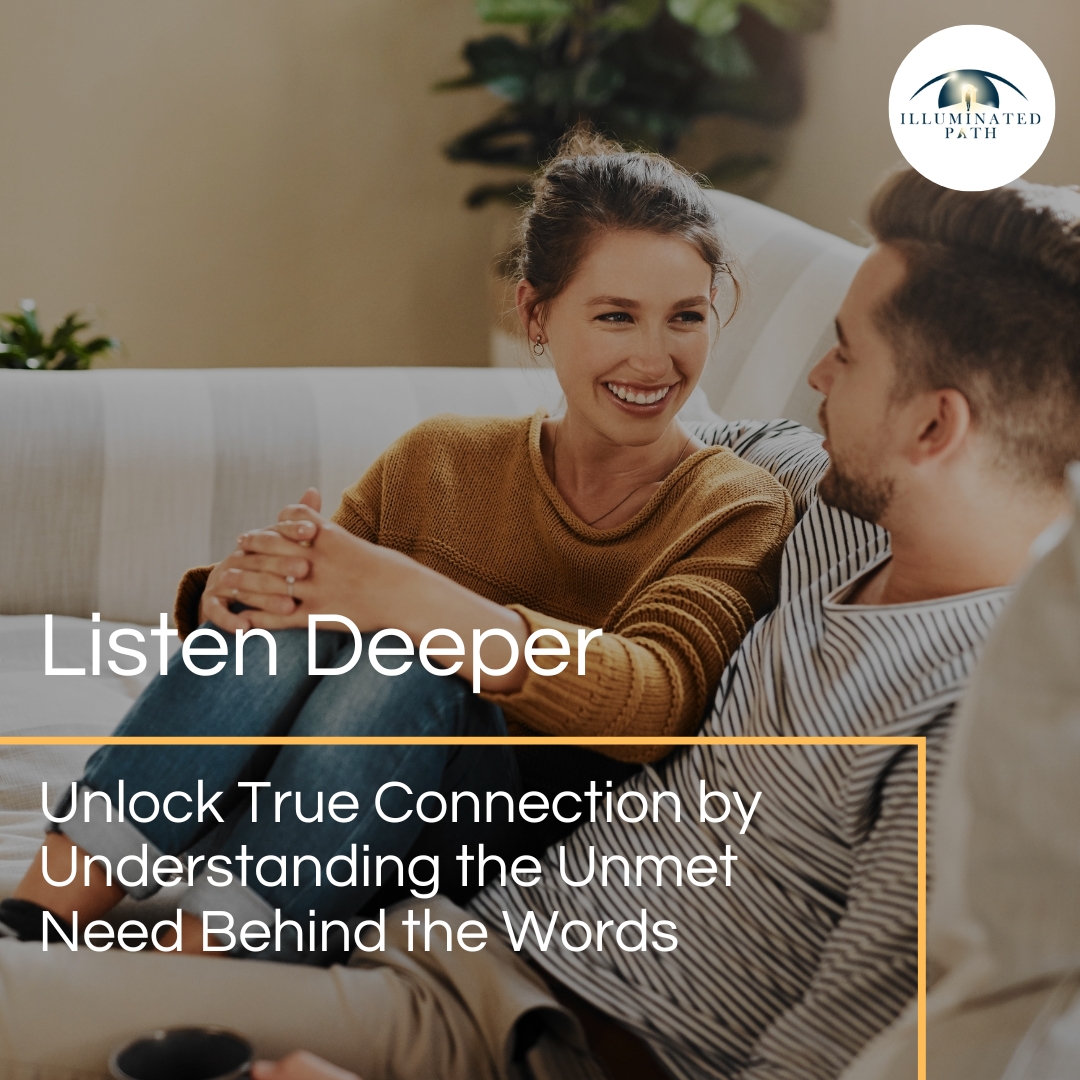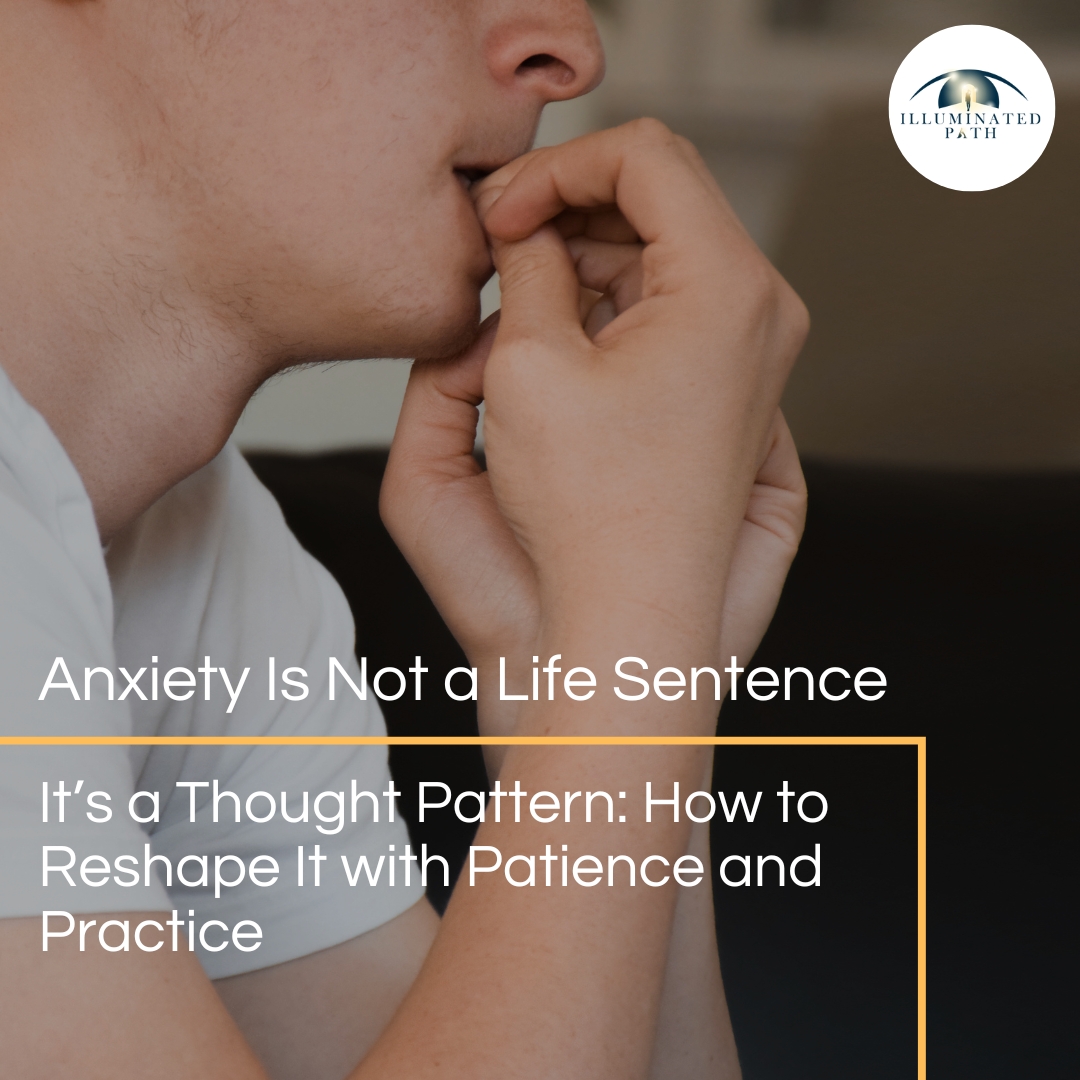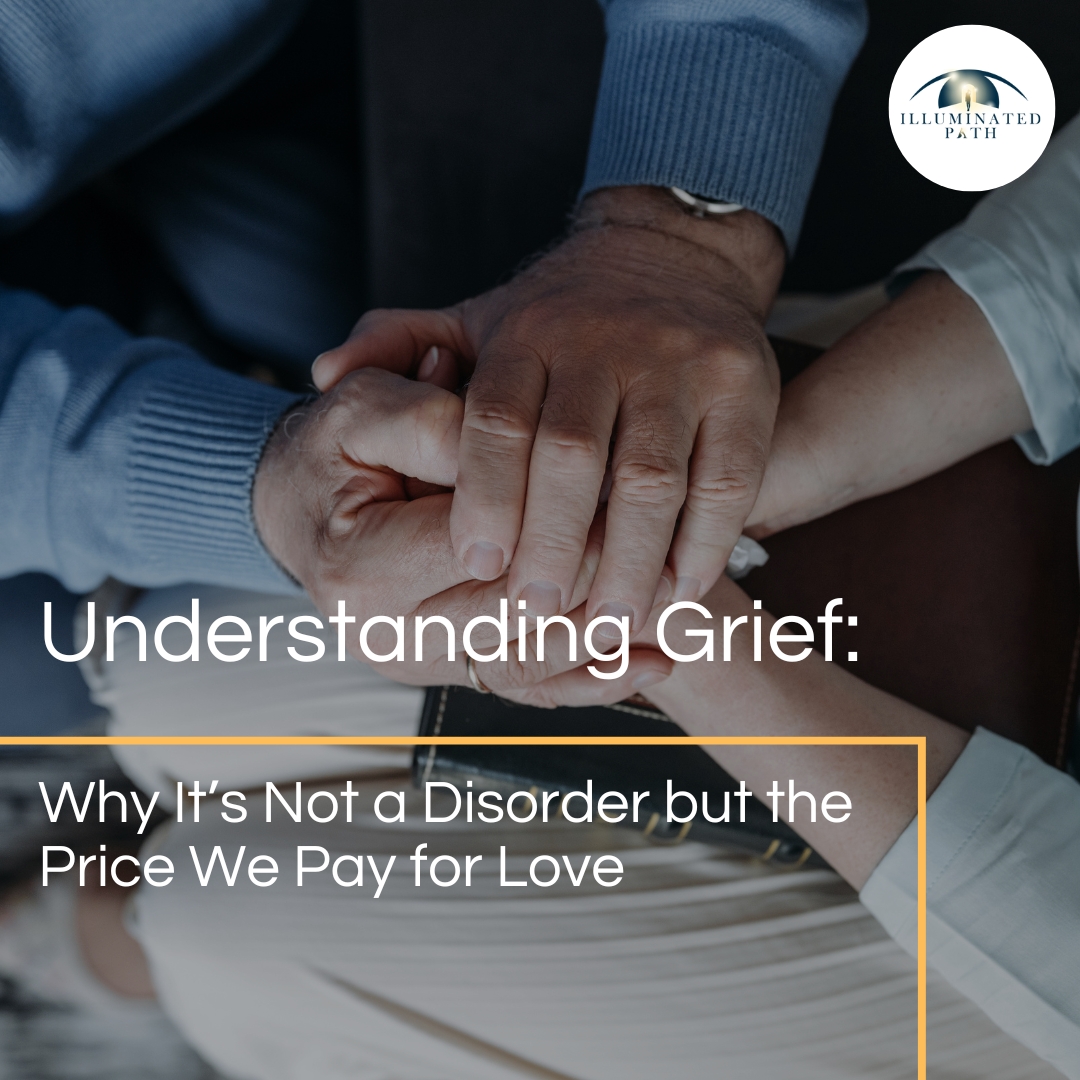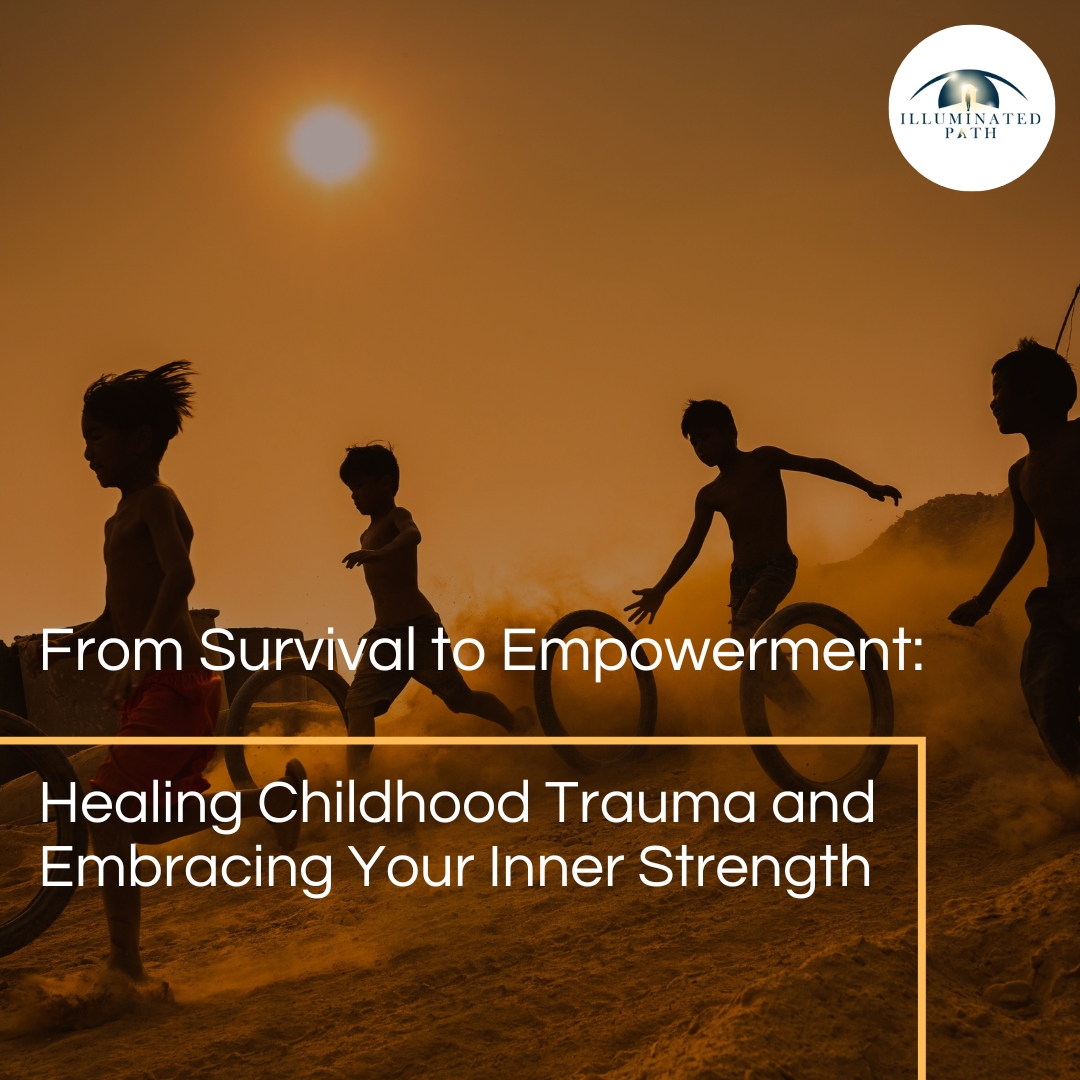
“Listen not to reply, but to understand the unmet need behind the words.”
This simple yet profound quote holds the key to transforming the way we connect with others.
In everyday conversation, most of us are caught up in formulating responses even before the other person finishes speaking. We hear the words—but often, we miss what’s really being said. The emotional truth. The unspoken need. And that’s where the real magic of connection lives.
Listening, at its deepest level, is not about collecting facts. It’s about tuning into the human experience behind the words. And when we do this—when we truly listen with empathy—we unlock deeper trust, melt away resentment, and lay the foundation for authentic, lasting relationships.
From Hearing to Listening: The Shift That Changes Everything
Let’s begin with a truth that’s easy to overlook: hearing is automatic; listening is intentional.
Hearing happens without effort. It’s passive. We hear the hum of traffic or the clatter of dishes in the next room. But listening—that requires presence. Attention. Curiosity.
Deep listening is an act of compassion. It’s about silencing the mental chatter and stepping into someone else’s emotional landscape. This kind of listening doesn’t come naturally in our distracted, fast-paced world. But it’s learnable. And it’s worth every ounce of effort.
When we shift from simply hearing someone’s words to truly understanding what they’re trying to express—even if they’re not saying it perfectly—we become a safe space for others. That’s when real connection begins.
Why People Say What They Say: The Role of Unmet Needs
Every word spoken in conflict, every complaint or criticism, every emotional withdrawal, is often a symptom of something deeper: an unmet need.
A need for respect. A need to feel seen. A need to belong, to be understood, to matter.
When someone says, “You never listen to me,” what they may really mean is: “I feel invisible.”
When someone snaps, “You always make it about you,” it might be: “I’m craving space to share what I’m going through.”
We often argue at the surface level—about chores, time, tone, who’s right and who’s wrong. But underneath these arguments, if we’re willing to listen deeper, are feelings of fear, loneliness, shame, or pain waiting to be heard.
Understanding this changes everything.
Instead of reacting defensively, we can respond with empathy. Instead of escalating tension, we can move toward resolution and intimacy. The challenge is learning how to recognize these hidden emotional currents.
Empathy Is Not Just a Feeling—It’s an Action
Empathy is frequently misunderstood. It’s not just “feeling sorry” for someone. It’s not passive. True empathy is active. It’s the deliberate act of seeing and feeling the world through someone else’s eyes—and then showing them that they’re not alone.
Empathetic listening is the primary way we express this action.
It starts with presence—being fully here. That means putting down your phone, making eye contact, softening your body language, and turning toward the person as if to say, “I’m here. I’m listening. You matter.”
It continues with restraint—resisting the urge to interrupt, fix, judge, or compare. Letting the speaker have their space. Trusting that being heard is often more healing than being advised.
And it ends with validation—not necessarily agreement, but acknowledgment. Saying things like, “That sounds really difficult,” or “I can see why you’d feel that way,” is incredibly powerful. It says, “I get you.” That validation is often what people are truly seeking when they open up.
How to Practice Deep, Empathetic Listening
Like any skill, empathetic listening improves with practice. Here are several techniques to help develop it—not as a checklist, but as a mindset shift.
Start with intention. Before you enter a conversation, especially one that might be emotionally charged, remind yourself why you’re listening. Is it to understand, or to win? Is it to connect, or to correct? Your intention will shape your attention.
Be fully present. This means giving the speaker your full attention. That’s not just about hearing their words; it’s about tuning in to their tone, their body language, the pauses between their sentences. Often, what’s not said speaks volumes.
Pause before responding. We tend to rush in with our own stories or solutions. Instead, let their words settle. A short pause gives both of you space and communicates that you’re taking what they said seriously.
Reflect what you hear. This might sound like: “So what I’m hearing is…” or “It sounds like you’re feeling…” This not only shows that you’re engaged—it helps the speaker feel seen and can even clarify things for them.
Ask questions—not to probe, but to understand. For example: “What do you need most right now?” or “How long have you been feeling this way?” These kinds of questions invite deeper connection.
Validate their emotions. Even if you don’t agree with the logic, you can validate the feeling. “I understand why that would be upsetting,” goes a long way in disarming conflict and building trust.
Common Obstacles—and How to Move Through Them
Of course, listening deeply isn’t always easy. Sometimes our own emotions or patterns get in the way. Here are a few common roadblocks, and ways to overcome them:
1. You’re triggered.
Maybe something they said hit a nerve. You feel yourself tense up, maybe even want to lash out. In this moment, the most compassionate thing you can do—for both of you—is to pause and breathe. If needed, ask for a short break before continuing. Regulation is key to connection.
2. You’re distracted.
We all have busy minds and busy lives. But multitasking while someone is sharing something important sends the message that they—and their emotions—are not a priority. Even setting aside five undistracted minutes can completely shift the dynamic.
3. You’re unsure what to say.
It’s okay not to have the perfect response. Often, simply saying “Thank you for sharing that with me,” or “I’m here for you,” is enough. Silence, when held with care, is its own form of empathy.
Why This Matters in Real Life
Empathetic listening isn’t just a nice idea for therapy sessions or self-help books. It changes marriages. It heals rifts between parents and children. It creates safety in friendships and authenticity in work relationships.
Imagine a world where people didn’t just wait for their turn to speak—but instead listened with the desire to understand. Fewer assumptions. Fewer arguments. More grace.
In romantic partnerships, deep listening diffuses defensiveness and increases emotional safety. It replaces scorekeeping with curiosity. Over time, couples begin to communicate not just what they think—but what they feel and need, creating a stronger emotional bond.
In families, empathetic listening helps children develop emotional intelligence and trust. When kids feel heard, they become more open, resilient, and connected to their caregivers.
Even in professional settings, listening with empathy improves leadership, team dynamics, and conflict resolution. People perform better and contribute more when they feel valued and understood.
Empathy Can Be Learned—and It Starts With You
You don’t have to be a trained therapist to listen with your whole heart. You just have to slow down. Get curious. And decide that your relationships are worth the time and attention it takes to truly listen.
If you’ve ever felt the pain of not being understood, you already know how powerful it is when someone truly hears you. You can offer that same gift to others. And in doing so, you’ll discover that listening deeply doesn’t just unlock connection—it creates healing for everyone involved.
A Final Invitation
The next time someone speaks to you—not just in words, but in tone, in hesitation, in frustration—ask yourself:
What are they really trying to say?
What unmet need might be hiding behind their words?
How can I show up, not to fix or defend, but to understand?
That is the heart of deep connection. That is empathy in action. And that is how we begin to reshape the way we relate—not just to others, but to ourselves.

The Author
Dr. Shadi Souferian Psy. D.
Licensed Clinical Psychologist
Therapist And Psychologist in Los Angeles And Beverly Hills.





